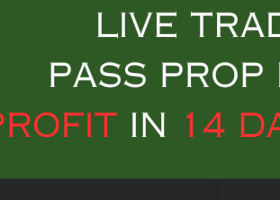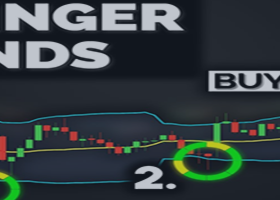Investment fund strategies can generally be divided into either
active or passive management. While the latter describes funds that seek
to track a particular index, the former refers to funds
actively managed by financial professionals who typically try to
outperform a given benchmark.
For most investors, deciding on whether to use active or passive funds is largely a matter of faith or moral certainty. Occasionally, the debate becomes surprisingly impassioned, which often leaves people slightly amused, as investment professionals get in a froth about arcane topics such as tracking error or information ratios.
Over the long term, the way you choose to use active and or passive funds in your portfolio, is a critical driver of investment returns.While the debate between active and passive will never truly be settled, investors can sidestep the acrimony and embrace a simple approach that blends both to help build a better portfolio. That of course leaves the question of how and when to combine active and passive. Here are five criteria to consider as you’re figuring out the right blend for you.
Active Funds
Look for active funds with broad mandates.
Like physics, finance has its key formulas. One of the most useful, if
not the most famous, is the Fundamental Law of Active Management. It
basically states that an active manager’s ability to add value is a
function of his or her skill and the “breadth” of the mandate. Breadth
refers to the number of different investments a manager can make. What
this rule implies is that broad mandates – defined either by lots of
countries or lots of asset classes – provide more fertile ground for
active managers.Consider active funds for asset classes that are difficult to represent with an index. Some asset classes, U.S. large caps for example, lend themselves to indexing, as they are easy to replicate within an Exchange Traded Fund (ETF) or index mutual fund. Others asset classes, such as bank loans, are more difficult to represent with an index. For these, you may want to consider active management, which can potentially take advantage of the many illiquid issues that are often part of these asset classes.
Think of active funds as long-term, core holdings. Most investors realize that timing markets, i.e. trying to trade in and out of stocks or bonds in an attempt to minimize losses, is difficult. So is trying to time active performance. In other words, if you have an active manager, give them a fair chance. For active funds, you want to make sure you hold them long enough, at least through an economic cycle, to give the manager enough time to potentially generate positive active returns.
Passive Funds
Consider
passive funds when you’re trying to achieve precise exposure to certain
asset classes (e.g. style-box investing) in a cost effective and tax
efficient manner. Some narrow index benchmarks – think large-cap
value stocks or medium-cap growth stocks — are generally easy to
replicate with a passive fund. ETPs and other index products typically
offer a low cost, transparent and tax efficient mechanism to gain
exposure to such core asset classes, such as major equity or fixed
income markets.Think of passive funds for tactical exposure. For investors looking to tactically (i.e. frequently) adjust their exposures to certain markets and asset classes, exchange traded products (ETPs) are an excellent vehicle. They are liquid and cost effective, thus providing an ideal vehicle to adjust portfolio exposures based on short-term market conditions.
Many will notice one dimension that is missing from the above list: macro conditions.
Investors often ask if there are certain economic or market conditions that favor one style over the other. BlackRock’s research suggests that adopting a long-term, strategic framework governing the blending of active/passive is more productive than trying to flip from style to style. Each investment strategy offers its own advantages, suggesting that the most robust portfolio is a combination of both.
Of course, the right blend of index and active investments for you will depend on your particular risk tolerance and investing goals, but the five criteria above are a good starting point.



